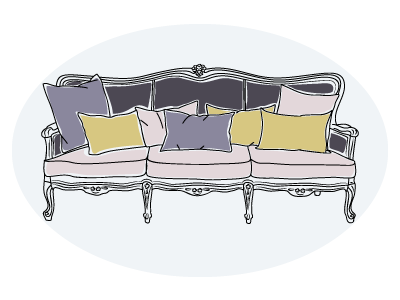Buying a Victorian House
Victorian houses are iconic symbols of English architecture, renowned for their character and charm. Built in the 19th century between 1830 and 1901, buying a period property involves careful consideration due to its age and potential maintenance challenges.
While they do offer a unique appeal to prospective homeowners, we'll delve into the challenges you could face and what makes Victorian terraces special.
Key features of a Victorian-era house
They differ from houses built in the Georgian period and before. They are less elaborate but sturdy and built to last.
For this reason, buying a Victorian-era house could be a good idea. Richer properties, however, are often quite decorative, with many adopting a mock-Gothic or Tudor style.
Ready to instruct on your purchase or sale?
Take advantage of our fixed-fee quotes and no-sale-no-fee policy for your Victorian home sale or purchase.
You'll have a dedicated point of contact at SAM who will work alongside your solicitor to handle the day-to-day legalities.
Victorian homes are easily recognisable by their distinctive architectural style. Look out for:
- Patterned brickwork: Often featuring Flemish bond with alternating headers (small side of brick) and stretchers (long side of brick).
- Terraced design: Typically found in rows on streets, with gardens front and back.
- Windows: Large sash windows with single glazing bars, often decorated with stained glass. Three-sided bay windows were also popular in the Victorian era, often found on the ground floor and sometimes with its own roof.
- High ceilings: Spacious rooms with impressive ceiling heights and steeply pitched roofs. If you're considering a loft conversion, a Victorian attic makes an ideal candidate.
- Fireplaces: Typically, each room had a fireplace made from stone, marble, or wood surrounds. As a result, terracotta chimney pots were common on top of these homes.
- Porches: Decorative porches were popular, often featuring date stones (names and dates in stone above the door).
- Cellars: Valuable storage space, a common feature in Victorian homes.
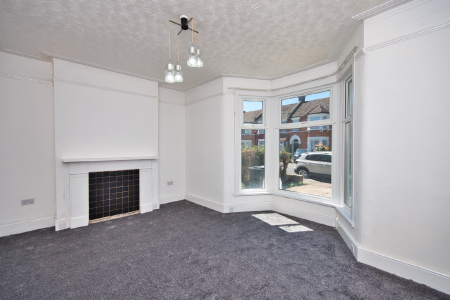
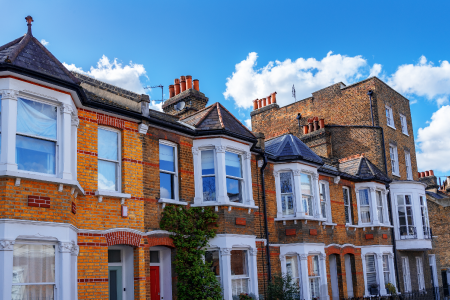
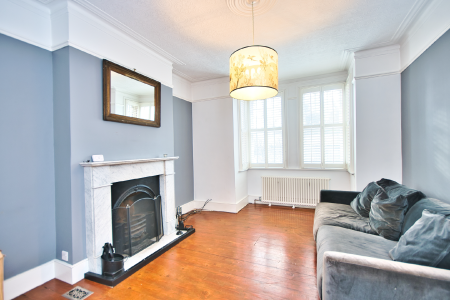
Potential problems with Victorian houses
Many problems associated with this kind of property are called ‘high-level problems’ because you often need scaffolding or a platform such as a cherry picker to fix them.
Some Victorian properties have rooms with 30ft high ceilings and so are beyond the reach of someone with average DIY experience!
Chimney issues
- You often find weathered bricks and loose pots.
- Chimney breasts in the bedrooms and loft space are often stained.
- If there is no damp course, then chimneys are likely to be affected by damp.
Roofing concerns
- The flashing may be poor and in need of renewal.
- There might be insufficient insulation.
- Old roof timbers may distort, 'dish', or sag. Timbers may be affected by wet and dry rot and woodworm.
- Gutters and downpipes may leak, and if they drain into the soil, they may cause structural problems.
Wall problems
- Stone and brickwork can be eroded by general weathering or cracked due to structural movement.
- If bath stone is used for fronting, it absorbs water like a sponge, encouraging dry rot. Inside walls could also be affected by damp.
- Walls are often re-pointed using cement mortar or covered with a cement-based render: this can be disastrous because this may require a lime-based mortar, which eradicates damp build-up.
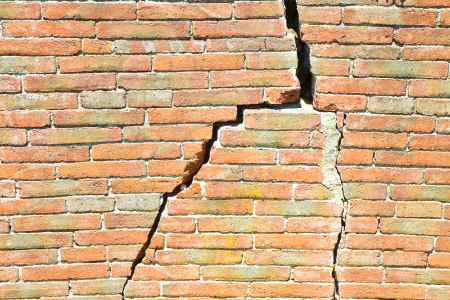
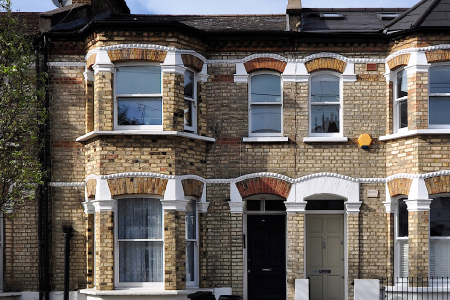
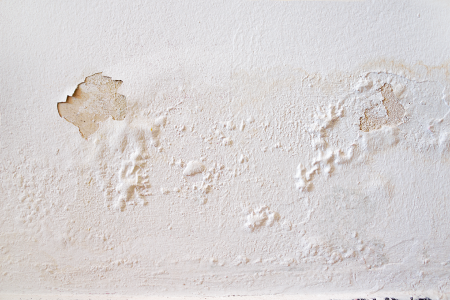
Damp-proof course
- It may be non-existent, which could contribute to the damp problems mentioned above.
- If a chemical damp-proof course was injected to make up for the lack of one originally, this can worsen damp issues.
Window problems
- Previous ‘upgrades’ may have shoddy workmanship, and the original sash windows may be draughty.
- You may not get planning permission to install PVC windows; it could affect the period character of the property.
Floors and foundations
- Foundation issues can lead to more severe structural concerns and subsidence.
- Floors could have wet and dry rot or woodworm. This could be covered up by plywood flooring over the top, but an experienced RICS surveyor would be able to spot this.
Ceiling issues
- Ceilings may have cracks, particularly if different materials have been used in refurbishment.
- They are challenging to maintain and repair; the height of the ceilings might require professionals rather than DIY.
Electrical and plumbing
- Outdated systems might require significant upgrades, mounting costs into the thousands.
- You might find only one plug socket in each room. A full professional electrical rewire can cost £1,000s.
- The plumbing might have lead piping which can end up being a deadly neurotoxin. Replacing all of these pipes can also cost £1,000s.
Listed building restrictions
- You might face limitations on renovations if your Victorian property is listed.
- Research of building regulations and planning permission is required if you are looking to refurbish, extend, or modify.
In our recent survey, 16% of homeowners found defects; including 2% who were able to pull out of a bad purchase, 7% who were able to negotiate a better price, and sadly, 7% of homeowners who did not get a survey and discovered defects after the purchase.
12 of the 39 who remembered how much these defects cost to remedy spent over £5,000
Don't burn your money, book a survey.

Making the most of your Victorian home
Despite the challenge, a Victorian terraced house offers a unique living experience. If you respect the property's characteristics and invest in proper care, you can transform it into a cherished home.
Regular maintenance
Make sure to implement a regular maintenance schedule to address potential issues early on.
Modernisation
Carefully consider how to update the property to modern standards and convenience whilst also complementing the original features and character.
Community involvement
Engage with local conservation groups or historical societies (The Victorian Society) for advice and support.
Protecting your investment - the importance of a home survey
Given the potential challenges associated with Victorian terraced houses, a comprehensive survey is recommended. Most chartered surveyor experts would agree with this recommendation.
Victorian properties can prove to be an excellent investment because they're built to last, but they do need maintenance, sometimes to redo faulty previous work.
Depending on the findings of your Victorian house survey, you may also need to get a timber survey from a damp and timber specialist. They might also raise suspicions about sub-standard or out-of-date electrical wiring and may recommend an experienced electrician to fix this.
Andrew started his career in 2000 working within conveyancing solicitor firms and grew hands-on knowledge of a wide variety of conveyancing challenges and solutions. After helping in excess of 50,000 clients in his career, he uses all this experience within his article writing for SAM, mainstream media and his self published book How to Buy a House Without Killing Anyone.
Caragh is an excellent writer and copy editor of books, news articles and editorials. She has written extensively for SAM for a variety of conveyancing, survey, property law and mortgage-related articles.

